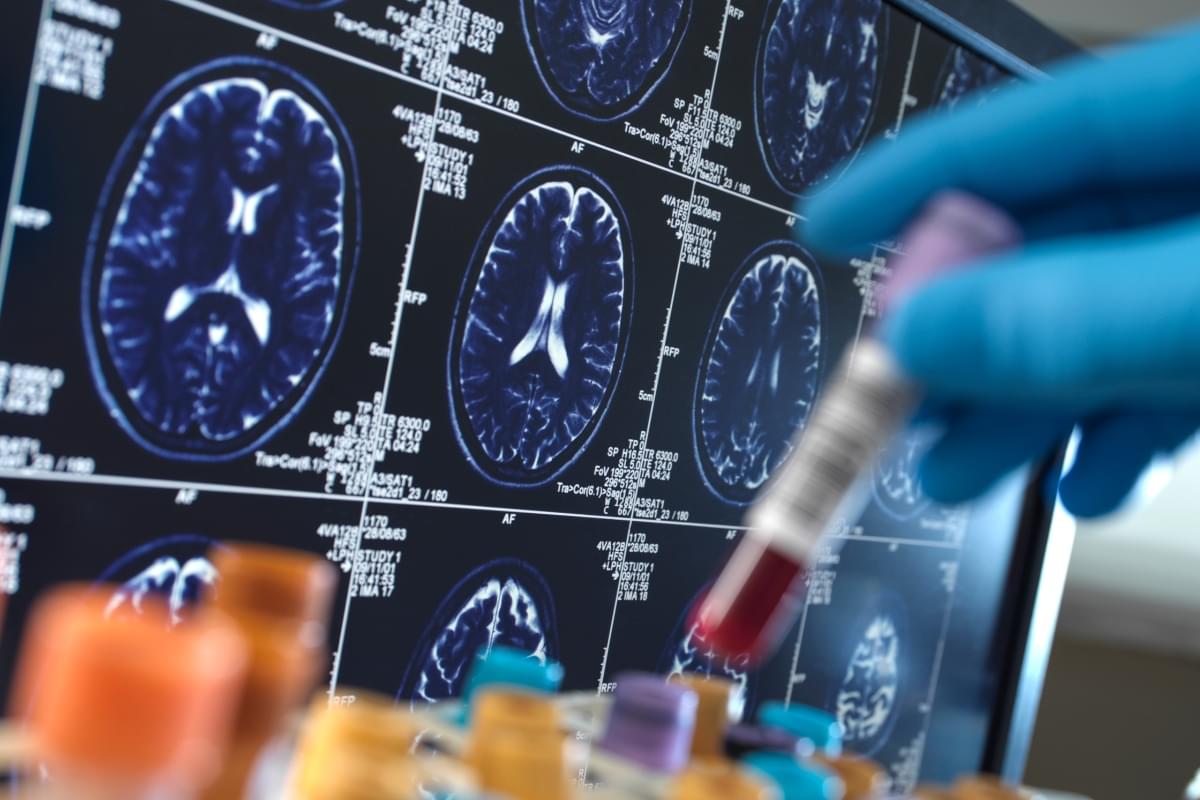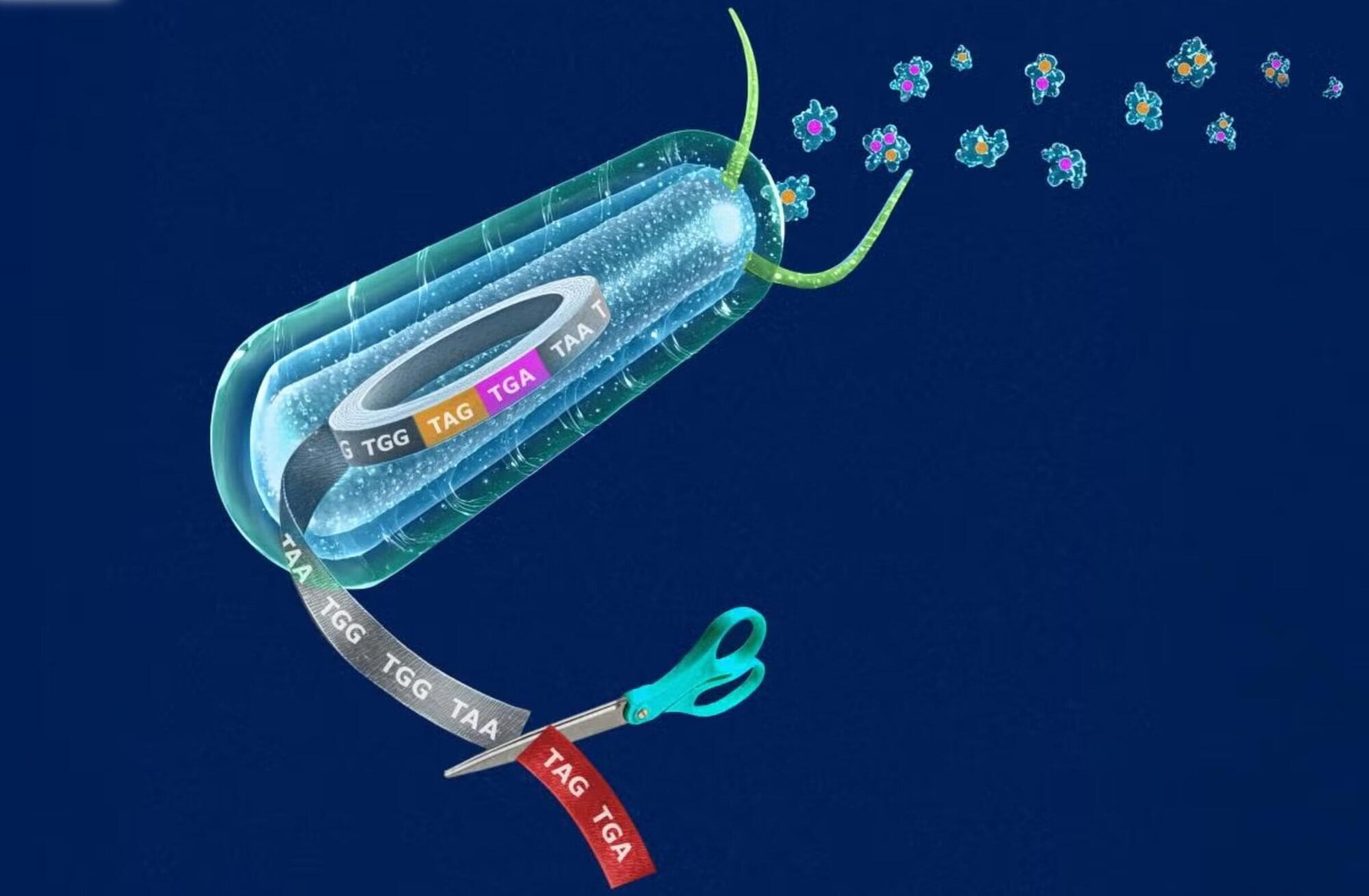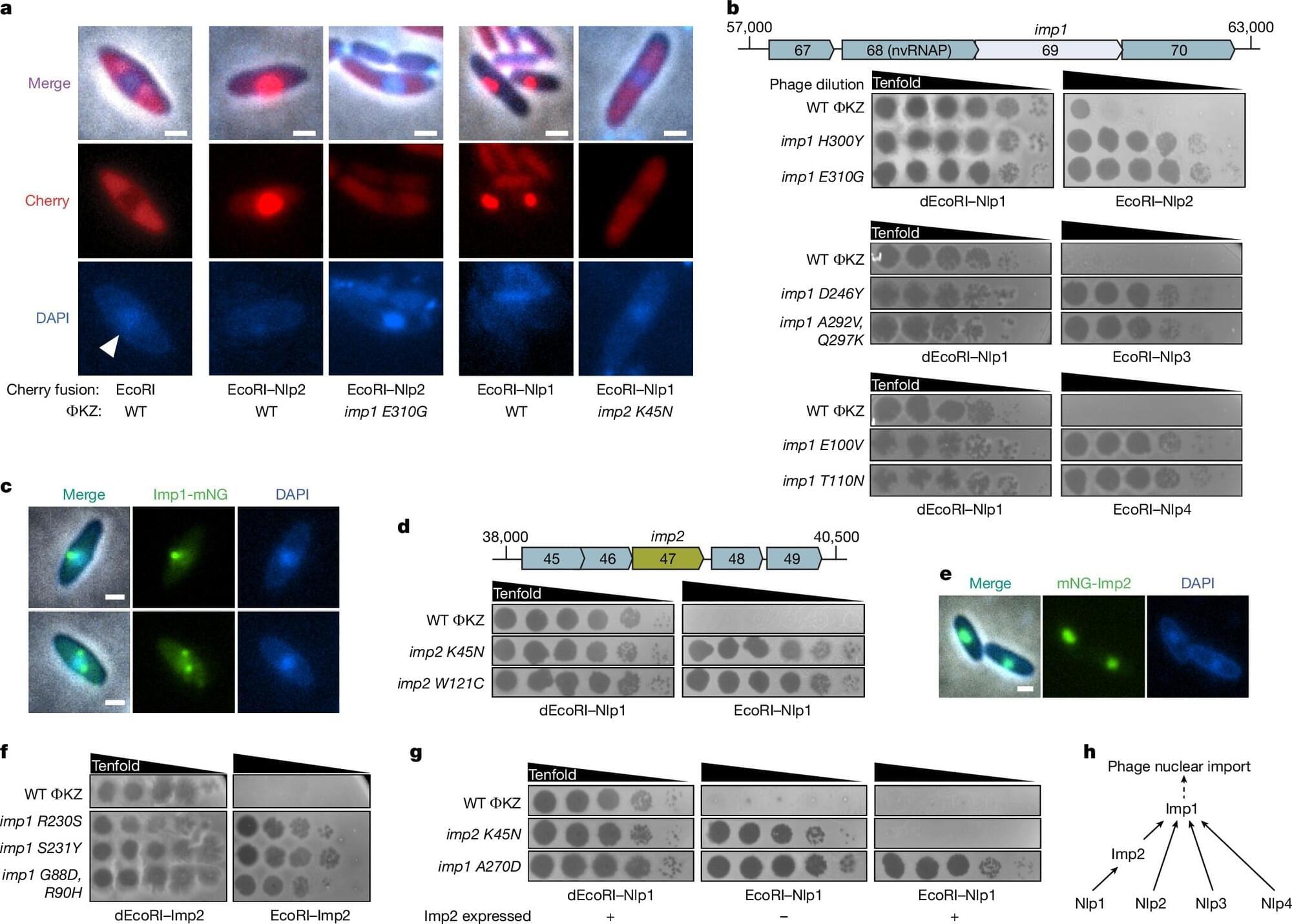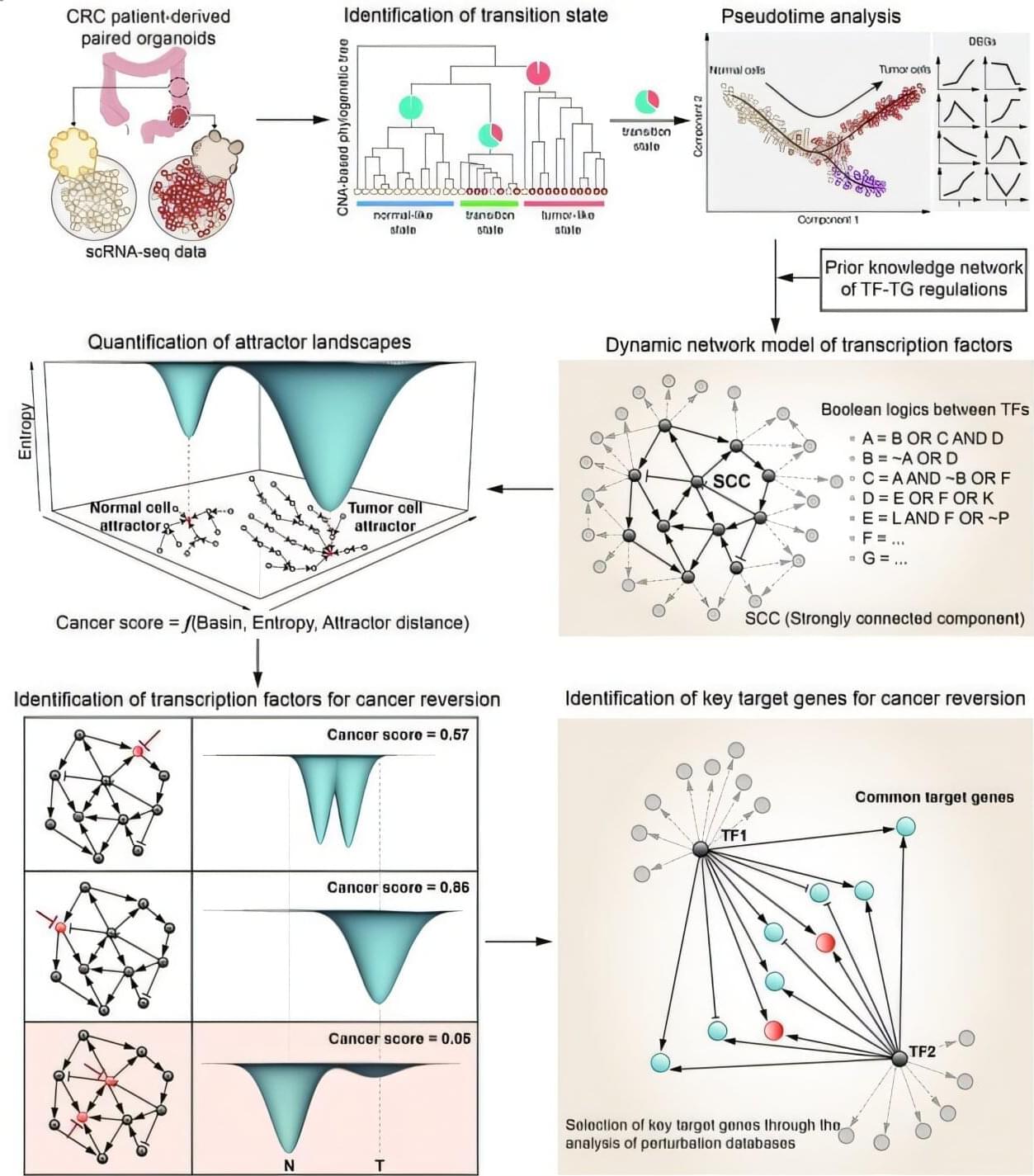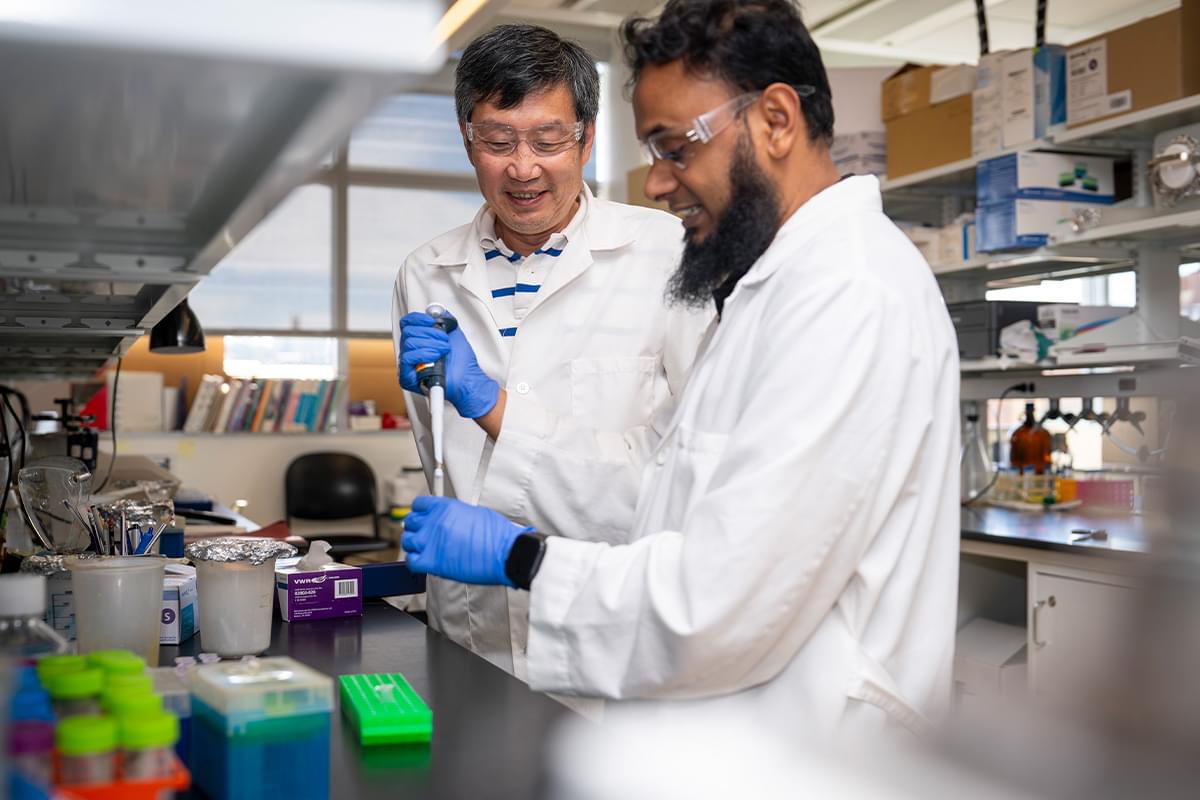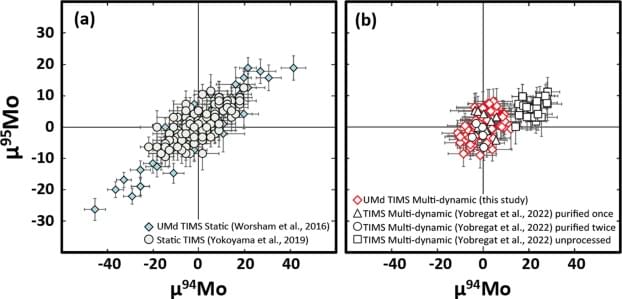Link :
Clinical trials are underway for a drug that could potentially prevent Alzheimer’s long before it kicks in. Researchers from Washington University School of Medicine are studying the effects of an experimental antibody called remternetug.
The drug was developed by pharmaceutical giant Eli Lilly. It is designed for genetically predisposed people to develop Alzheimer’s and its study focuses on young people aged 18 and up.
Remternetug targets amyloid beta, a protein that forms plaque in the brain. The presence of plaque is one of the key hallmarks of Alzheimer’s disease. Other recently approved drugs, like donanemab, also target amyloid plaque, since that seems to be what you attack if you want to chip away at Alzheimer’s.
